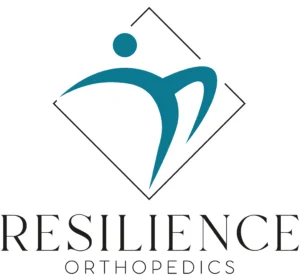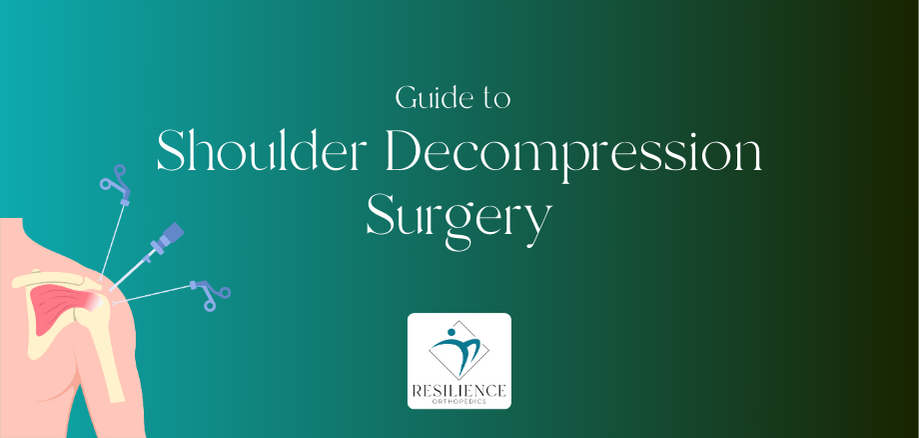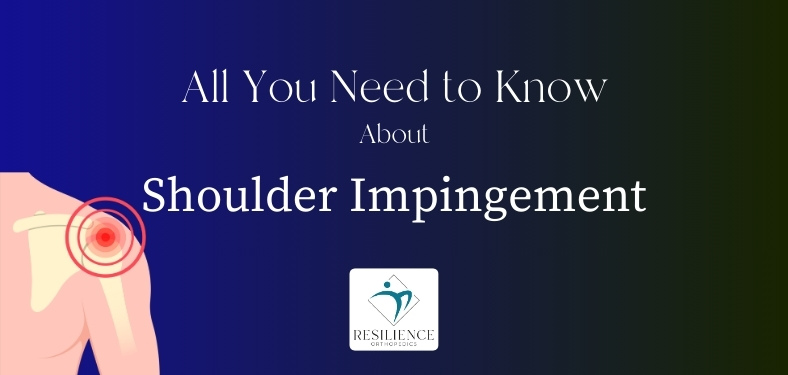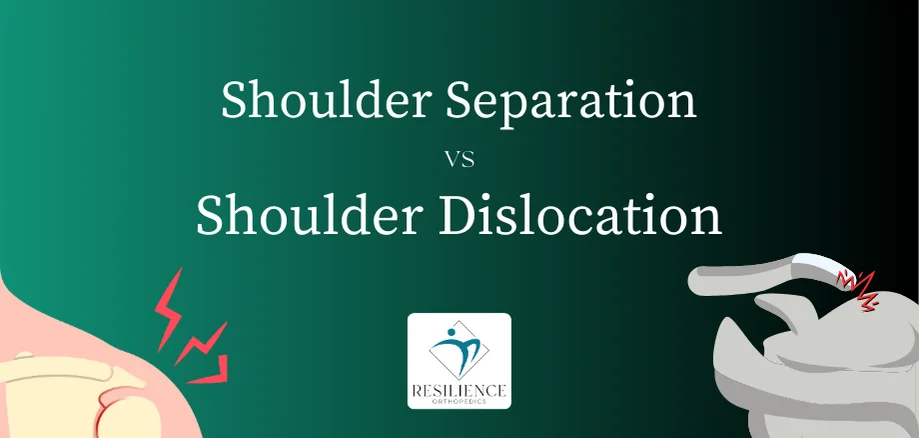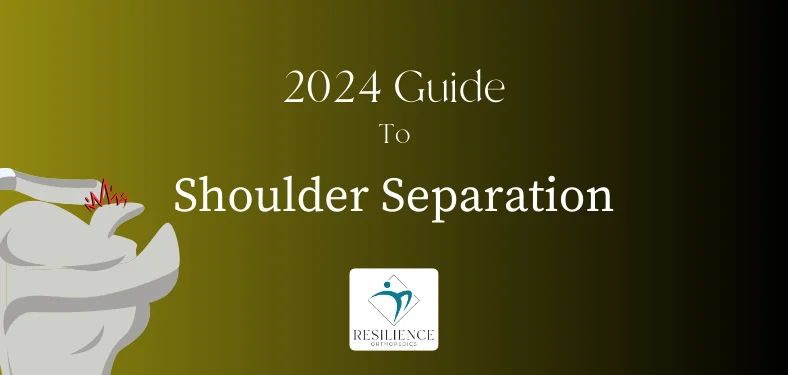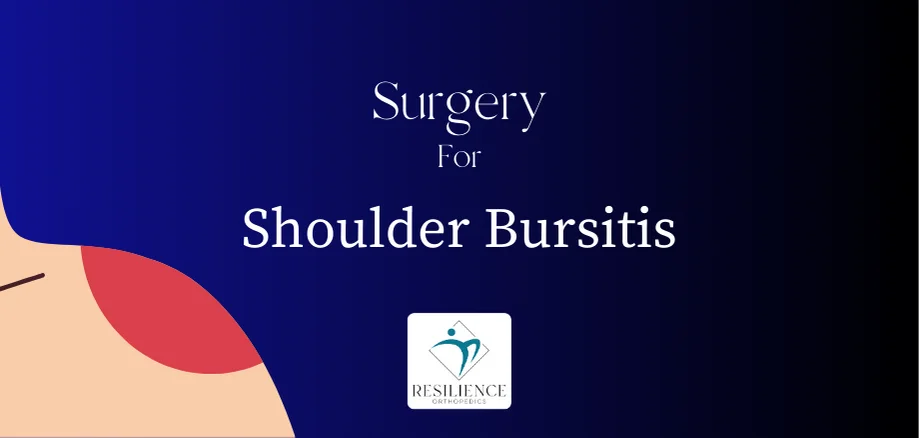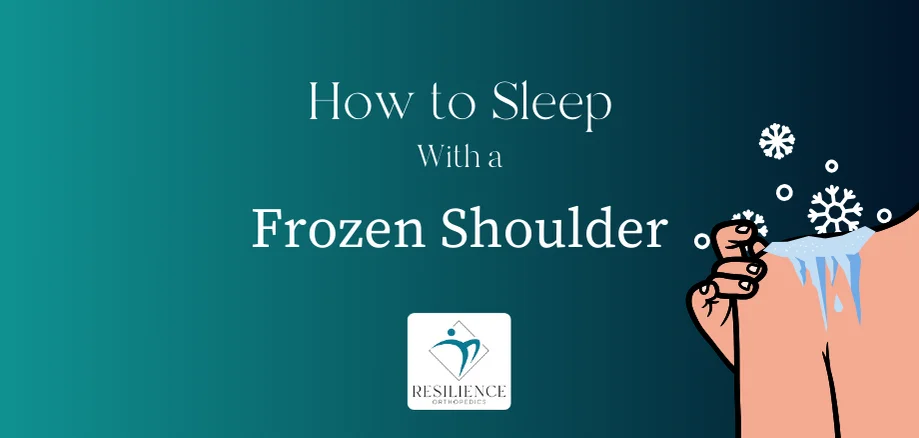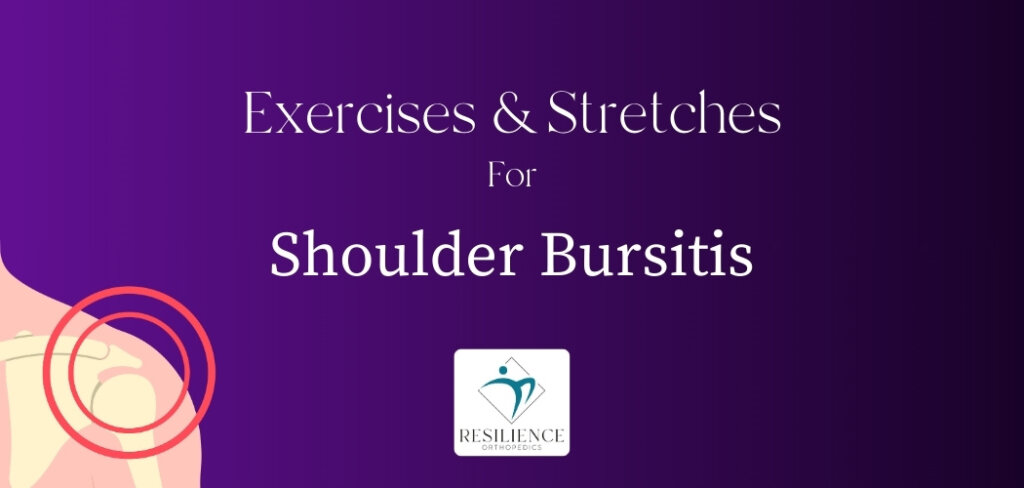Table of Contents
Are you tired of persistent shoulder pain that just won’t go away easily?
Shoulder pain is a widespread issue that affects many people. Subacromial decompression surgery, also known as acromioplasty, was first used in 1972 to help with shoulder pain. Now, it’s one of the most common surgeries for orthopedic problems.
Subacromial decompression is performed in the cases of:
Learn more about its causes, side effects, and important precautions in this guide. Keep reading to make sure you have all the details about the surgery, including:
- What subacromial decompression is
- The procedure
- Risks and complications
- Recovery time
Book a Consultation with Dr. Pamela Mehta, MD
The Best Orthopedic Surgeon in San Jose
Dr. Mehta is a board-certified orthopedic surgeon who can help you recover from your joint condition. If you:
- Are Suffering From Pain and Mobility Issues
- Need Orthopedic Assessment and Advice
- Want Treatment From a Top Orthopedic Doctor
We Can Help
What is Subacromial Decompression?
Shoulder decompression (acromioplasty) is a surgical procedure to fix and repair injured tendons near the upper arm and shoulder. The goal is to:
- Increase space in the shoulder area
- Reduce pressure on the muscle
This is done by trimming a ligament (a structure that connects bone to other bones). We also smooth out a bone spur on the acromion bone (a bony projection in the shoulder). It helps the muscle to heal.
The space between the upper arm and a small bone at the top of the shoulder is called the acromial space. Repeated activities like sports or reaching overhead can sometimes cause swelling in this area.
The main factors that decrease the space under the shoulder and cause pain are:
- Shoulder Bursitis: swelling of the subacromial bursa
- Bone Spurs: extra bone growths on the acromion
- Bone Abnormalities: changes in the regular shape or angle of the acromion
- Tendonitis: swelling of the rotator cuff or biceps tendons where they go through the subacromial space
If treatments like rest and medication don’t work for shoulder pain, your doctor might suggest surgery.

Arthroscopic vs Open shoulder decompression
Arthroscopic and open decompression surgeries both help lessen shoulder impingement pain. And it’s been found successful for about 77% to 90% of patients.
The choice between the two methods depends on
- The patient’s situation
- What the surgeon prefers
An open acromioplasty involves a single, large cut, usually around 4 to 6 cm long. This method might be needed if the patient has large rotator cuff tears.
In arthroscopic surgery, the surgeon makes 2 or 3 small cuts, each about 5mm long, near the shoulder. They then insert a small camera called an arthroscope. This camera helps the surgeon check the shoulder joint for any damage that might not be visible in an open surgery or an MRI scan.
Generally, athroscopic surgery is associated with reduced pain and an improved recovery time. If your shoulder condition is suitable for arthroscopy, this is usually the preferred option. However, if you need significant surgery (for example, large tears or multiple procedures), open surgery may be neccesary.
Arthroscopic shoulder decompression can be used for shoulder pain that hasn’t improved with non-surgical methods such as physical therapy, medication, injections, and rest.
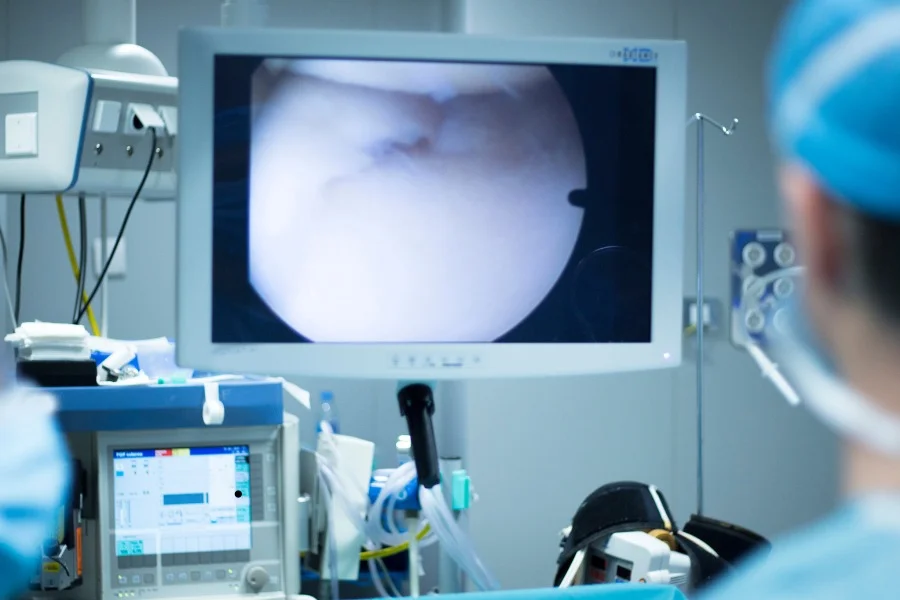
Indications for subacromial decompression
Your doctor might recommend subacromial decompression if you are having the following symptoms.
- Persistent shoulder pain for more than 6 months
- Experiencing shoulder pain during overhead activities
- Decreased strength in the shoulder or arm
- Difficulty reaching the arm behind the body
- Challenges in performing tasks like reaching for items on high shelves
These symptoms could be signs of the following conditions:
Shoulder Impingement
The rotator cuff has four muscles that support your shoulder.
Sometimes, one of the tendons connecting these muscles to the upper arm bone gets squeezed between bones, which causes shoulder impingement. This can be painful, especially when you raise your arm to the side or above your shoulder.
Shoulder impingement can happen because of different reasons:
- Doing activities or sports that involve lifting your arm above your head
- As you get older, bone spurs might grow under the acromion (a bony projection in the shoulder). It can make the space between shoulder bones narrower
- Overusing tendons from sports can make them swollen or torn
Rotator cuff tears
Rotator cuff tears are a common reason for shoulder pain and disability in adults.
Every year, about 2 million people in the US get medical help for rotator cuff tears, as per the American Academy of Orthopaedic Surgeons.
When you have a rotator cuff tear, your shoulder strength may decrease. As a result, routine tasks such as brushing your hair or getting dressed can become uncomfortable and challenging.
There are both surgical and non-surgical options for treating rotator cuff tears.
Swimmer’s Syndrome
Swimmer’s shoulder is a condition that leads to pain, weakness, and other issues in your shoulder. It’s called that because it often affects swimmers and athletes who use their shoulders a lot.
Your shoulder is a complicated joint with bones, muscles, and tissue. If you swim or play sports that strain your shoulder, you might irritate this tissue.
If your shoulder hurts for more than a week, it’s best to visit your doctor.
Diagnosis
Before having shoulder arthroscopy, your doctor will ask about your
- Medical history
- A list of the medications you take
- Some medications might need to be stopped a few days before the surgery
Your doctor may need additional tests to check your health:
- Blood tests
- An x-ray of your affected joint
- MRI (Magnetic Resonance Imaging)
Your doctor will also perform some physical tests to assess your range of motion. This will help your doctor identify and diagnose your problem better.
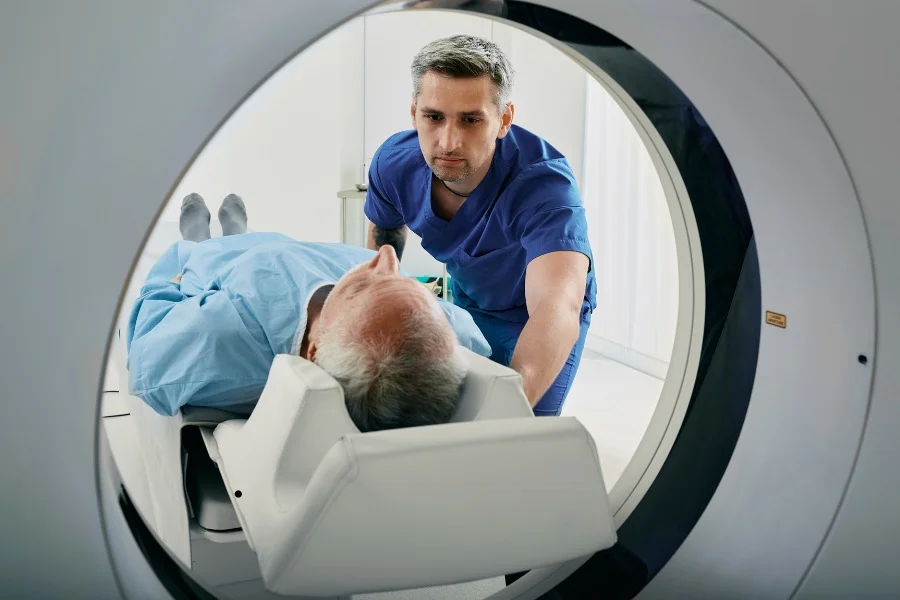
Preparing for Subacromial Decompression Surgery
Subacromial Decompression surgery is performed by an orthopedic surgeon. Your surgeon will explain what to do before, during, and after the procedure. This includes:
- Talking about the process with you.
- Completing any tests or lab work advised by your doctor.
- Avoiding anti-inflammatory medications a week before surgery (important: if you take aspirin regularly, check this with your doctor before stopping)
- Avoid eating or drinking after midnight the night before the surgery.
The Procedure
Arthroscopic subacromial decompression usually takes less than an hour. This procedure is often carried out under general anesthetic, so you will be asleep for the whole operation. However, occasionally it can be done using just local anesthetic or a peripheral nerve block.
Firstly, your doctor will apply anesthesia to numb the area. Then, three incisions (cuts) are made in the shoulder to reach the joint.
Fluid is injected into your joint to expand it, as it helps the surgeon to see and identify the problem better. A small metal tube is inserted into one cut to pump fluid into the joint, expanding it for better visibility during surgery.
An arthroscope, a tiny camera, is inserted through another incision to provide the surgeon with a view inside the joint. The images from the arthroscope are displayed on a screen in the operating room.
Your surgeon will use the arthroscope to identify and address any structures causing impingement. This could be a swollen bursa, or a problem with your rotator cuff.
Once identified, your surgeon will remove the tissue causing impingement, through one of the incisions. This could include removing:
- Swollen shoulder bursae
- The coracoacromial ligament
- The hooked portion of the acromion
After the procedure, the fluid is drained from the joint, instruments are removed, and the incisions are closed with wound closure strips and/or stitches.
Most patients can go home the same day, as it’s a day case procedure. You may experience some discomfort and swelling after surgery, but this usually subsides within a few days.
Physical therapy is prescribed to restore normal shoulder movement. Following the exercise plan suggested by your doctor is essential for a full recovery.

Benefits of Shoulder Decompression Surgery
There are always risks and benefits to consider when you’re deciding on a surgery. Shoulder decompression will be the right option for some people, and for others non-surgical treatment will be better.
Here are some of the benefits
- Shoulder decompression surgery reduces the need for further surgeries and relieves pain well.
- Research suggests that there’s not much difference in pain relief between those who have the surgery and those who don’t. However, it tends to be more effective at improving your shoulder function when performed.
- The surgery removes the inflamed ligament or bursa, creating more space in the shoulder’s acromial area. This helps the rotator cuff tendon move freely and reduces swelling.
- Recovery from arthroscopic shoulder decompression surgery is quicker and less problematic than open surgery.
If non-operative methods haven’t relieved your symptoms, shoulder decompression surgery is usually recommended.
Risks and Complications
Shoulder arthroscopy is usually very safe. However, the complications that may arrive due to open or arthroscopic surgery include:
- Blood clots
- Harm to blood vessels or nerves
- Shoulder stiffness
- Too much bleeding or swelling
- Failure to improve your symptoms
- Infection
These problems don’t happen often and are rare. You should discuss any specific risks with your surgeon.
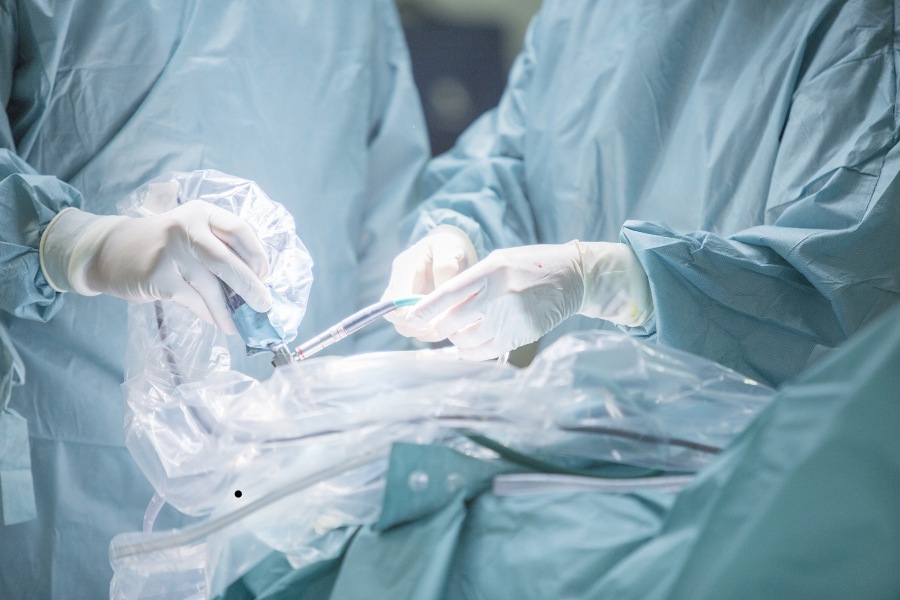
Recovery from Subacromial Decompression Surgery
After shoulder decompression surgery, most people see improvement within 3 to 6 months. Some can start moving their shoulder shortly after the surgery.
Arthroscopic surgeries are safer and have a quicker recovery time compared to open surgeries. Shoulder arthroscopy also leads to less stiffness and pain in the joint than open surgeries.
During recovery, exercises and stretches are important to reduce swelling and stiffness. A physical therapist can teach exercises and stretches that can be done at home to aid in the recovery process.
It’s normal to have swelling around your shoulder and down to your hand after surgery. Moving your hand or straightening your elbow can help reduce swelling. Also, sleeping in an upright position can decrease swelling and pain.
Recovery from shoulder decompression surgery takes time. So, it’s essential to be patient and allow your body to heal properly. Get plenty of rest and avoid overactivity to support the healing process.

Post-operative Care
There are a number of steps you can take to help with your pain and stiffness during recovery from subacromial decompression.
These include:
Using a Shoulder Immobilizer
You may need to wear a sling or shoulder immobilizer to support and protect the shoulder as it heals. This is only done as needed to help with comfort. It is usually worn for 2-5 days.
You can take it off for eating, doing exercises, or whenever you feel more comfortable without it.
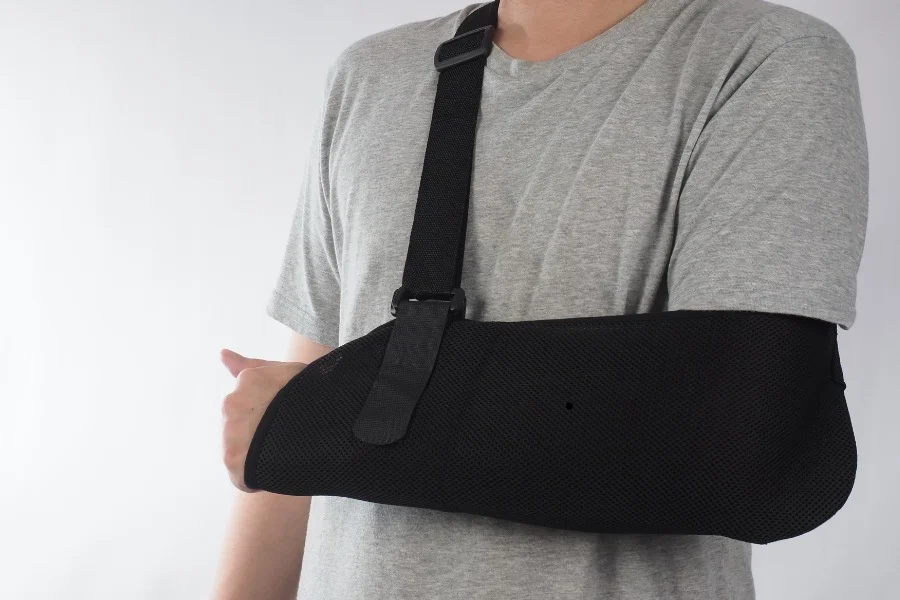
Medications
During surgery, a nerve block may numb your limb, but pain medications will be given as it wears off. Pain medication is injected into the joint during surgery and will wear off within 8-12 hrs.
Most patients require a narcotic (i.e. Percocet or Vicodin) for a short period of time. Please follow the prescription directions.
Common side effects of pain medications include drowsiness, nausea, and constipation. To minimize side effects, take medications with food. You may take an over-the-counter laxative (i.e. Colace) if needed. Do not drive or operate any machinery while on narcotics.
If you experiencing any problems or uncomfortable side effects, please contact our office.
Note: Use anti-inflammatory pain relievers such as Ibuprofen or Advil with caution as they may disturb the healing process. Only use these medications if reccomended by your surgeon.
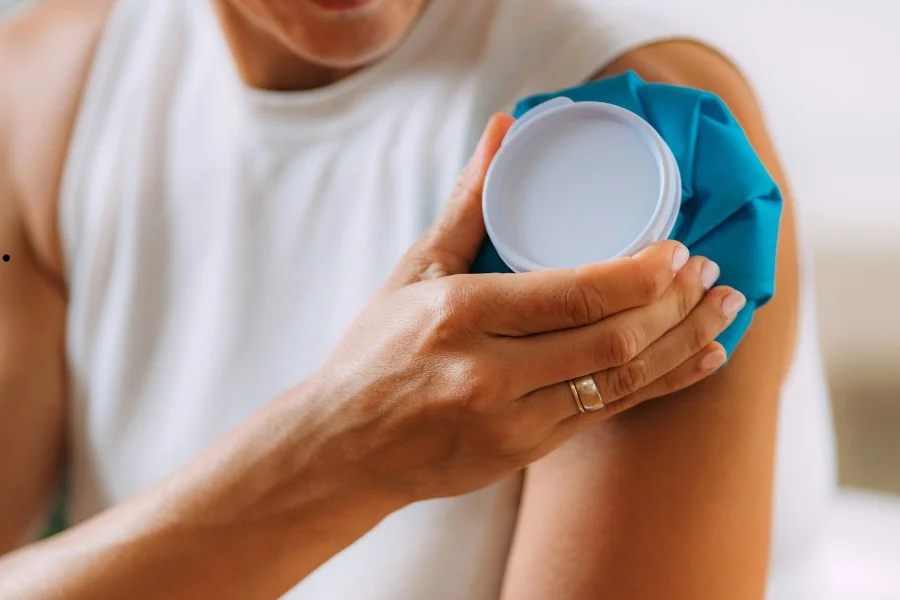
Ice Therapy
Using ice can ease pain and swelling. Make sure to keep your dressings dry by covering them with a plastic bag.
Apply an ice pack or Game Ready icing machine to the shoulder as often as possible for the first 3-7 days to reduce pain and swelling. You may ice as often as 30 minutes every hour but not less than 3x/day. If using Game Ready, use the no pressure or low pressure setting.
Wound Care
Proper wound care is necessary to prevent infection and promote healing. Keep the cuts clean and dry, and follow any instructions from your doctor for changing dressings or showering.
Remove the dressing, but not the Steri-strips, two days after surgery. You may cover the wound with Bandaids if any drainage is present. It is normal to have some drainage and swelling after surgery. If the dressing becomes soaked, you may reinforce with additional dressing.
Avoid any ointments around the incisions.
Keep wounds clean and dry for the first 5 days. If you wish to shower during this time, cover your shoulder/sling with a large plastic bag or take a sponge bath. After 5 days, you may shower, but do not soak in a bathtub or hot tub until after the first post-op visit.
If you develop a fever (temperature > 101.5), excessive drainage, redness around the incision, increased pain or numbness in your arm, or difficulty breathing contact us immediately or seek urgent medical attention.
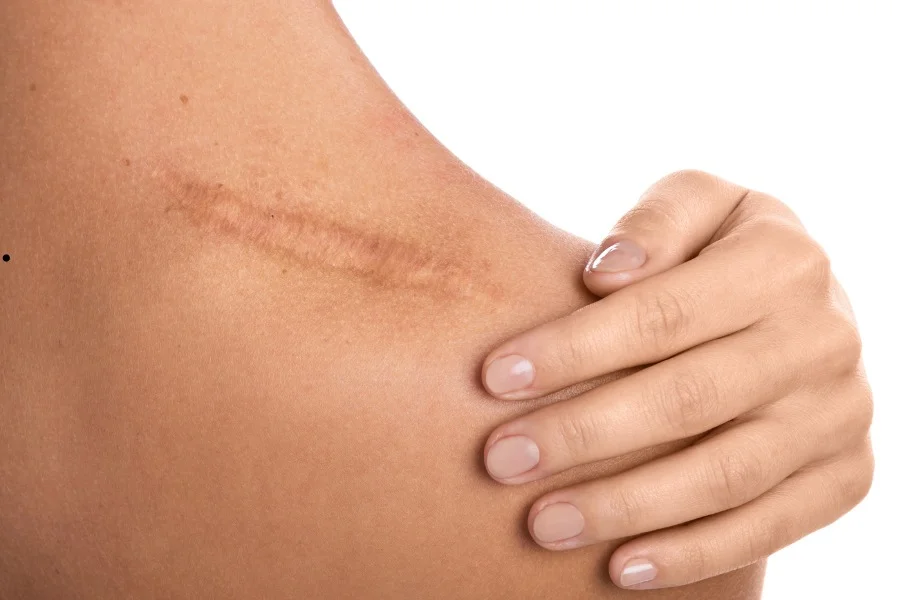
Physical Therapy
Your doctor will likely recommend physical therapy to help restore:
- Strength
- Flexibility
- Range of motion in the shoulder
You should start physical therapy the day after your surgery.
Activities
Avoid activities that could injure your shoulder during recovery. Your doctor will provide guidance on when it’s safe to resume normal activities, including work, sports, and exercise.
Sleeping: You may be more comfortable sleeping in a recliner with a pillow behind your arm and under your forearm for support.
Using a sling: Take your arm out of the sling several times a day to passively range your elbow and shoulder.
Driving: No driving is allowed until instructed by your surgeon (usually 2-3 weeks).
Work: If pain permits, you may return to (sedentary) work or school 3-4 days after surgery.
Lifting: Return to work with lifting or overhead reaching will be determined by your surgeon.
Follow-up
Visit your doctor when needed. Attend all scheduled appointments with your surgeon to monitor your progress. Address any concerns or complications that may arise during the recovery process.
Follow these care instructions and keep in touch with your doctor for the best healing and results after the surgery.

Frequently Asked Questions
When is subacromial decompression surgery typically performed?
Subacromial decompression surgery is for shoulder pain that hasn’t improved with other treatments. Like rest, physical therapy, and medications.
Are there any risks associated with the surgery?
Risks include infection, bleeding, nerve or blood vessel damage, and blood clots. However, these complications are rare and shoulder arthroscopy is generally a safe procedure.
How long does the surgery take?
The procedure typically lasts less than an hour, but the exact duration may vary depending on the individual case.
What is the recovery time?
Most patients feel better 3 to 6 months after surgery and can return to daily activities soon after.
How successful is arthroscopic subacromial decompression surgery?
The success rate of the surgery in relieving shoulder impingement pain is generally high. Most patients experience significant improvement in symptoms afterwards.
What should I discuss with my doctor before considering this surgery?
It’s important to discuss your medical history, and any current medications you are taking. Discuss your expectations for the surgery with your doctor. They can provide personalized guidance based on your specific condition and needs.
